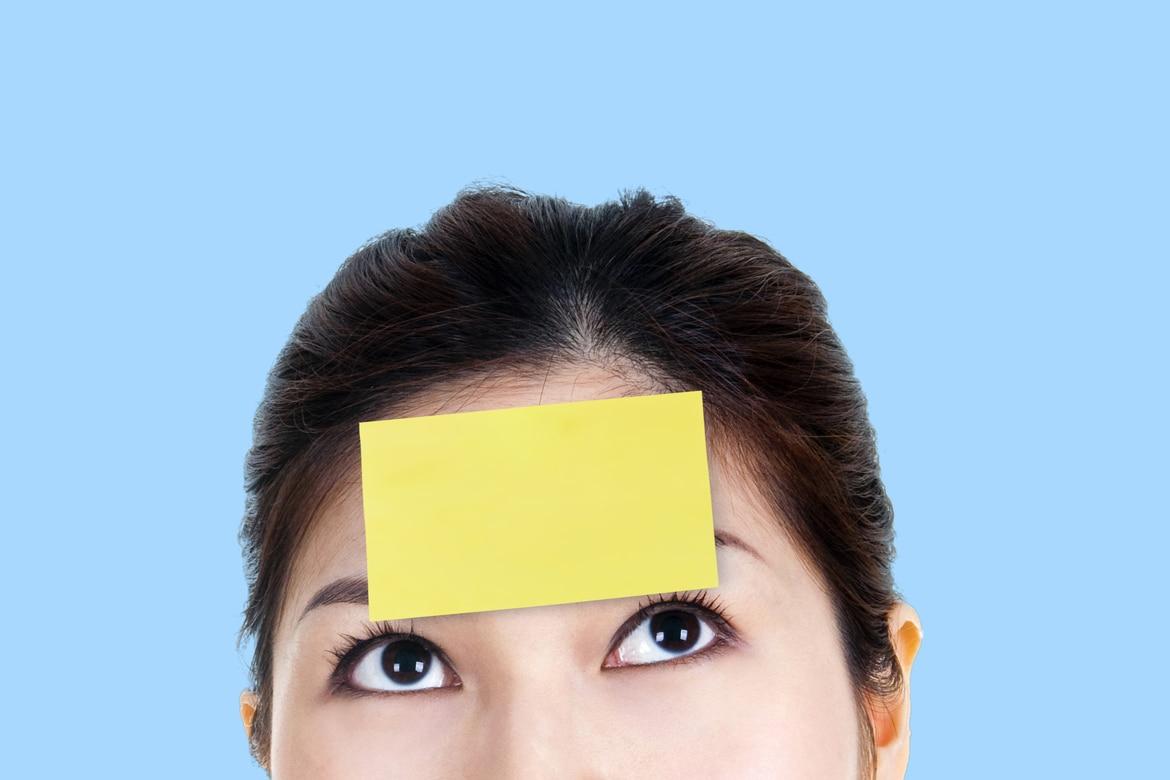
Temporomandibular Joint (TMJ) Headache
How is a temporomandibular joint (TMJ) headache diagnosed?
Diagnosis of a TMJ headache typically involves:
- Medical history and symptom review to discuss headache patterns, and any jaw-related issues.
- Physical examination to assess the jaw joint, muscles, and range of motion.
- Imaging studies such as X-rays, MRI, or CT scans to evaluate the structure and function of the TMJ.
- Dental examination, including checking for signs of bruxism (teeth clenching and grinding), malocclusion (misalignment of teeth), or other dental issues.
How is a temporomandibular joint (TMJ) headache treated?
Treatment for TMJ headaches focuses on relieving symptoms and addressing the underlying cause. This may include:
- Medications such as pain relievers, muscle relaxants, and anti-inflammatory drugs to manage pain and inflammation. Botulinum toxin injections may also be used for muscle-related TMJ headaches.
- Physical therapy, involving exercises and therapies to strengthen jaw muscles and improve joint function.
- Dental treatments such as mouthguards or splints to prevent teeth grinding and correct bite issues.
- Lifestyle modifications such as stress management techniques, dietary changes, and avoiding habits that strain the jaw.
- Surgery in severe cases, to repair or replace the TMJ.
This coverage checker is brought to you by Health Insured, an online resource that helps you understand your health coverage in Singapore.
This page has been reviewed by our medical content reviewers.
Need help?
For enquiries, please call
+65 6250 0000 (Orchard) or +65 6898 6898 (Novena)
For appointment bookings, please WhatsApp
+65 8111 7777 (Orchard) or +65 8111 5777 (Novena)
 Brain & Spine Care
Brain & Spine Care







